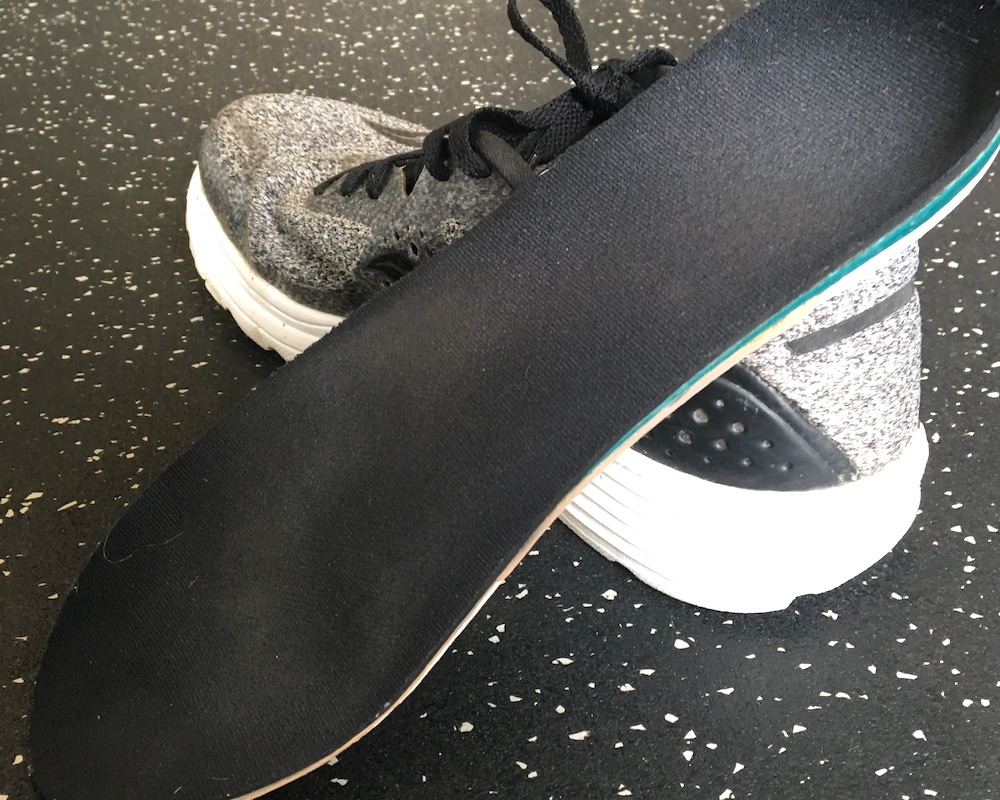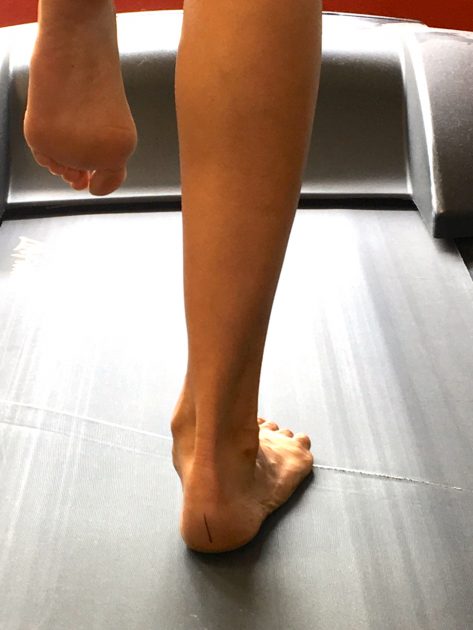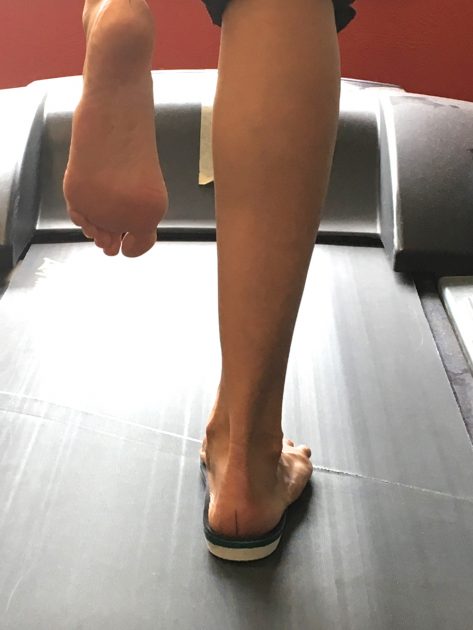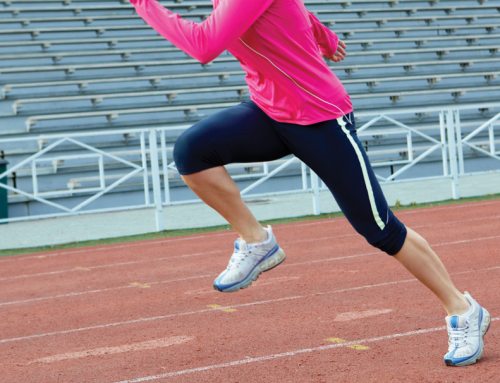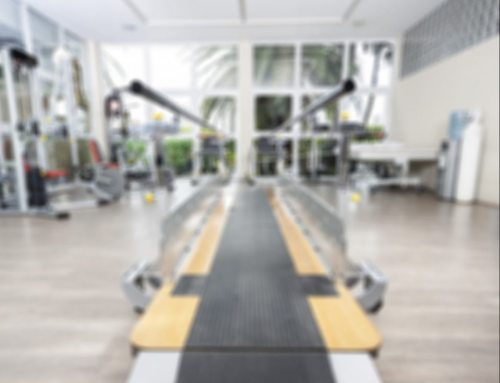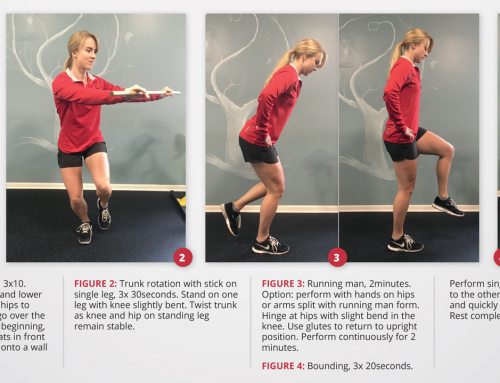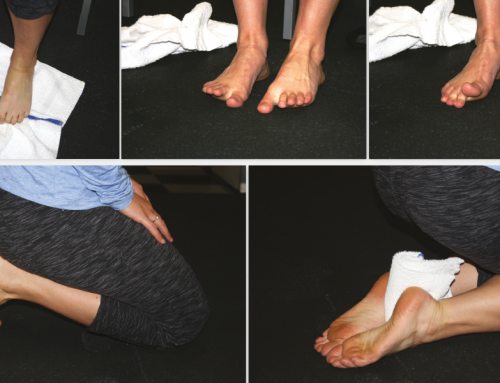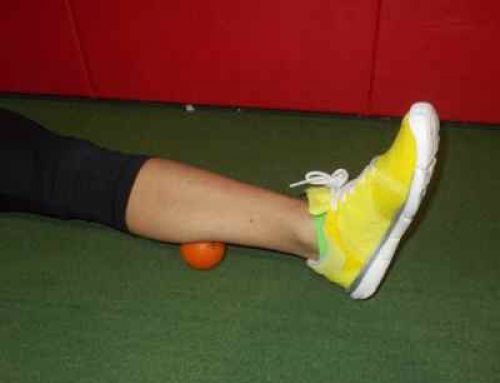By Smruti Shah, DPT, OCS
When I started practicing PT ten years ago, every runner wanted orthotics to either treat or prevent injury. I would measure and cast at least one patient a week. Orthotics were considered the cure-all for running injuries. Jump forward to today and fewer runners are asking for orthotics despite increased evidence supporting their use and the significant increase in the total number of runners.
Can they help you? On a personal level, I am a distance runner and have worn custom orthotics for nine of 20 years of running. While an individualized evaluation will best determine if a custom or pre-fabricated orthotic can help you, I hope the following guides your next steps.
What are orthotics?
Orthotics are inserts that dissipate shock more evenly when the foot hits the ground. When that foot is a running foot, it can withstand four to seven times your body weight. That means the foot of a 150-pound runner supports 1,000+ pounds in one step! Orthotics have been theorized to correct over-pronation (low arches) or cushion over-supination (high arches). Studies have found that orthotics may assist the body in finding a more efficient movement path versus correcting pronation or cushioning supination. Regardless of mechanism, there is a strong body of evidence supporting their therapeutic use. The pictures below show the lower extremity as the weight shifts from heel to toe. The left image illustrates the rear foot position without an orthotic; notice the tilt of the rear foot line. The right image shows the rear foot position on an orthotic; observe the tilt of the rear foot line is more upright on the orthotics indicating improved foot alignment.
Will they work for me?
If you are experiencing a running-related lower extremity injury, I recommend the following:
- Get fitted for the correct running shoes and replace them close to or before 400 miles. These are the tires on your wheels. If they fit improperly or are run down, stress is added to your body. Take a few running strides in different shoes, find the ones the feel the most comfortable to you.
- POLICE your injury ( https://www.endurancemag.com/2016/09/sustainability-p-o-l-c-e-injury/)
- Seek professional help. A physical therapist, physician, and/or podiatrist can help diagnose the underlying cause of the injury and can determine strength or mobility deficits contributing to pain then devise a plan. The PT can evaluate your running form and training; improving this can quickly correct overuse injuries.
- Decide if prefabricated or custom orthotics are right for you.
Should I get prefabricated or custom orthotics?
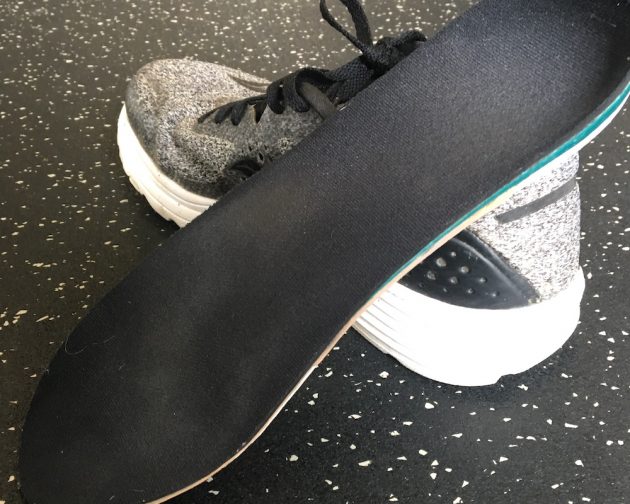 There are some great pre-fabricated options available at running specialty stores. A premium pair can cost $40-75 and last about a year. Most running stores can help you find the best fit.
There are some great pre-fabricated options available at running specialty stores. A premium pair can cost $40-75 and last about a year. Most running stores can help you find the best fit.
Custom orthotics are built using materials optimized to the runner’s weight and mileage. A plaster foot cast is made, running and walking gait is analyzed, and foot structure measurements are taken and sent with the cast to a lab for fabrication. These can last 5+ years and cost $200-$400 depending on provider and some insurance companies cover orthotics. Full disclosure: I love casting and measuring for orthotics.
In most cases, prefabricated inserts provide enough support to allow the runner to find the preferred movement path. Often these are adjusted with wedges and felt to customize them for the patient. If the customizing is extensive and the runner shows a significant improvement, then we move on to building custom orthotics.
Custom orthotics can take up to month from measurement and casting to actual use by the patient. Even then, there is a one-week ‘wearing in’ period. If you are in a hurry, prefabricated will be your best bet.
Are they a short term or long term solution?
This answer depends on your specific injury. As you can see from the action plan, orthotic prescription is at the bottom of the list for treating injury. Custom orthotics are a tool and with the exception of a few cases (such as plantar fasciitis) they are more of long term prevention strategy. Once training errors and dysfunction up the kinetic chain have been addressed, orthotics can help maintain and improve alignment. There used to be concern that long-term orthotic wear could make your muscles weaker. Several studies have found this is not the case. I wear my orthotics for longer runs, but do not put them in strength and cycling workout shoes. If they are comfortable and enhance your ability to participate in the activity, wear them. Comfort should ultimately be your guide.
# # #
Smruti Shah, DPT, OCS (Orthopedic Certified Specialist) is a physical therapist at ATI in Carrboro. She loves working with the endurance athlete community, marathon running, and hanging out with her husband, two daughters, and fluffy dog.


